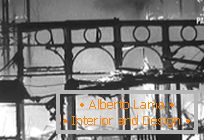Despite the absence of casualties, the fire at the end of June at the Glasgow Art School, which caused extensive damage to several parts of the building and destroyed the canonical library room of Charles Rennie Mackintosh, will be remembered as a tragic event that deprived us of one of the best examples of the modernity of its time. The Glasgow School of Art intends to rebuild the building in the hope that future generations will no longer remember this fire.
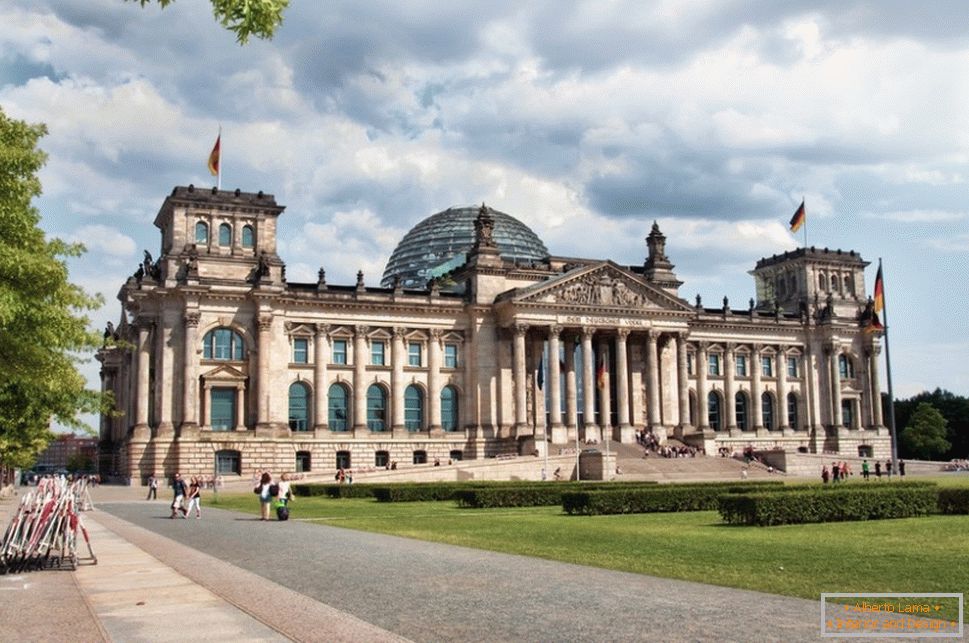
However, many other fires have not ended so well: for millennia, fire plays a big role in determining the course of the history of architecture - destroying precious artifacts, but often also, allowing something new to be born from the ashes. Read our list of fires that have forever changed architecture.


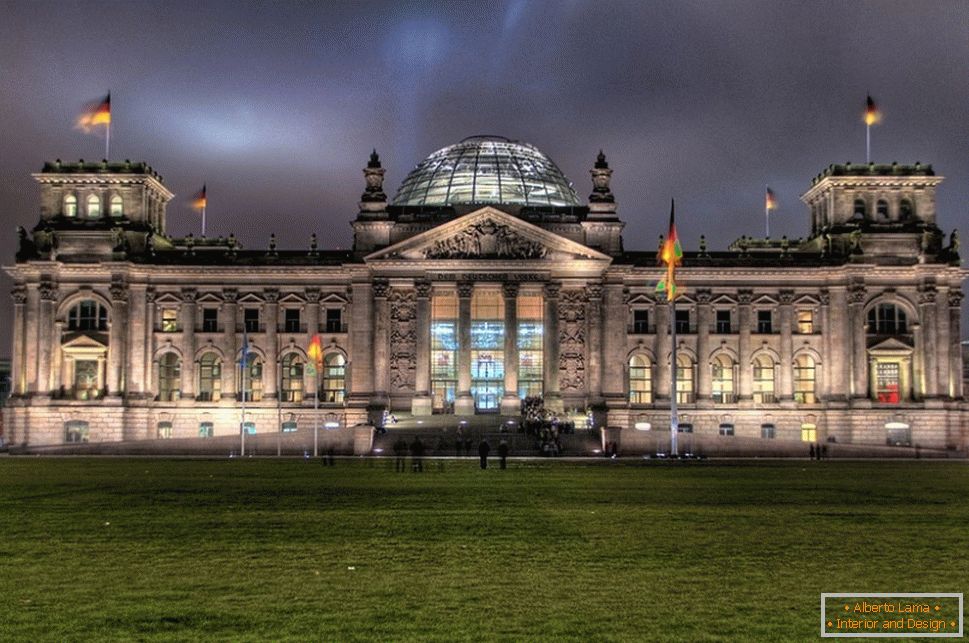
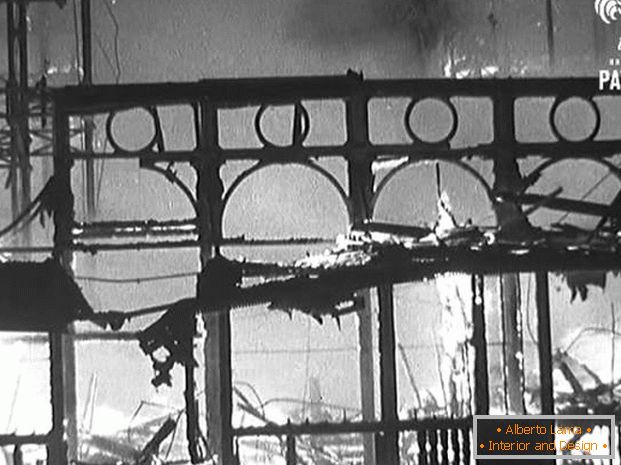
10. Fire at the University of Virginia Rotunda, Charlottesville, 1895
Rotunda of the University of Virginia is often called the culmination of the career of Thomas Jefferson from an architectural point of view. But what is considered to be the pride and joy of the university is actually dated to 1976; The original was destroyed by fire in 1895, Stanford White (from McKim, Mead and Whitefame) rebuilt the building with significant changes, including removing the middle floor and thick columns above the portico. This design stood for most of the 20th century, until in the 1970s, Frederick Nichols, a professor at the University of Architecture School, rebuilt the building in accordance with the original design of Jefferson.
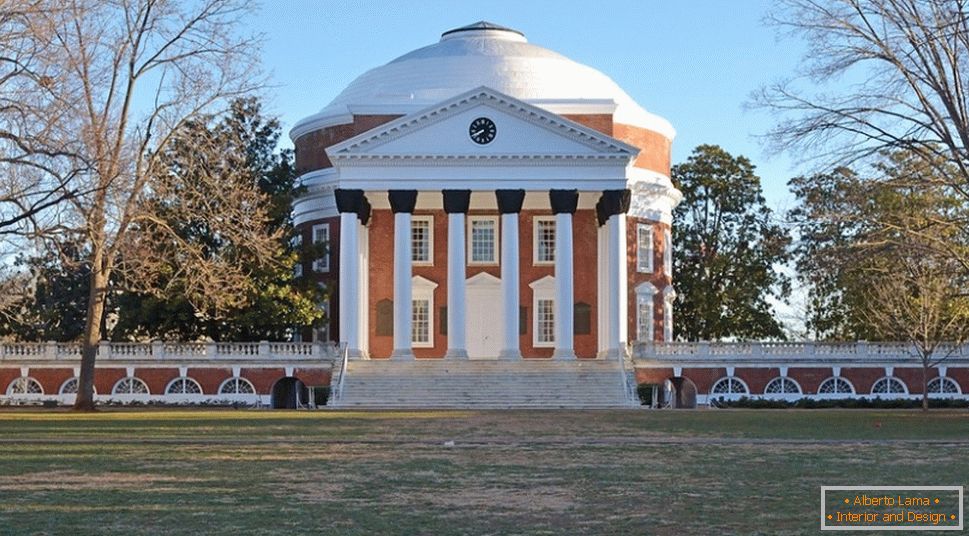
9. Fire at the Palace of Westminster, London, 1834
When Westminster Palace was completely destroyed by fire, the thirst for observance of traditions prompted the British Parliament to restore it to the same place. Although Neoclassicism was popular at the time, it also had the connotations of the revolution, thanks to events in America, and therefore the House of Lords was built in a more "conservative" Neo-Gothic style. This led to the project of Charles Barry and Augustus Pugin, and made this place one of the most popular in London.
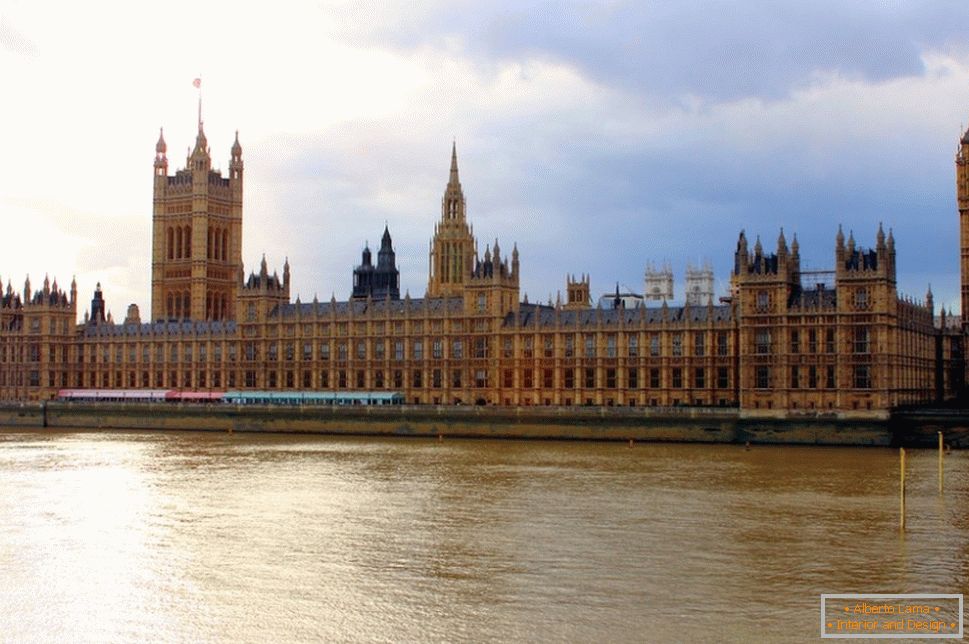
8. The arson of the Palace of the Tuileries, Paris, 1871
Modern visitors to the Louvre can notice something a little unusual: The Great Axis, which runs straight from La Défense almost 8 km, does not coincide with the facade of the Louvre at its end. This is because until 1871, the Axis ended in the Tuileries, the primary home of the French monarchy before the construction of the Palace of Versailles. This palace was adjacent to the court in front of the Louvre, which was built on a fracture to the main axis, due to the bends of the River Seine. When the palace was burned during the years of the Paris Commune, an unfavorable political climate prevented the restoration of this symbol of the monarchy, as a result of which Paris remained as we know it today. Nevertheless, in recent years more and more proposals have been made to rebuild the palace in order to restore the perfection of the axis and to increase the area for the collection of the Louvre.
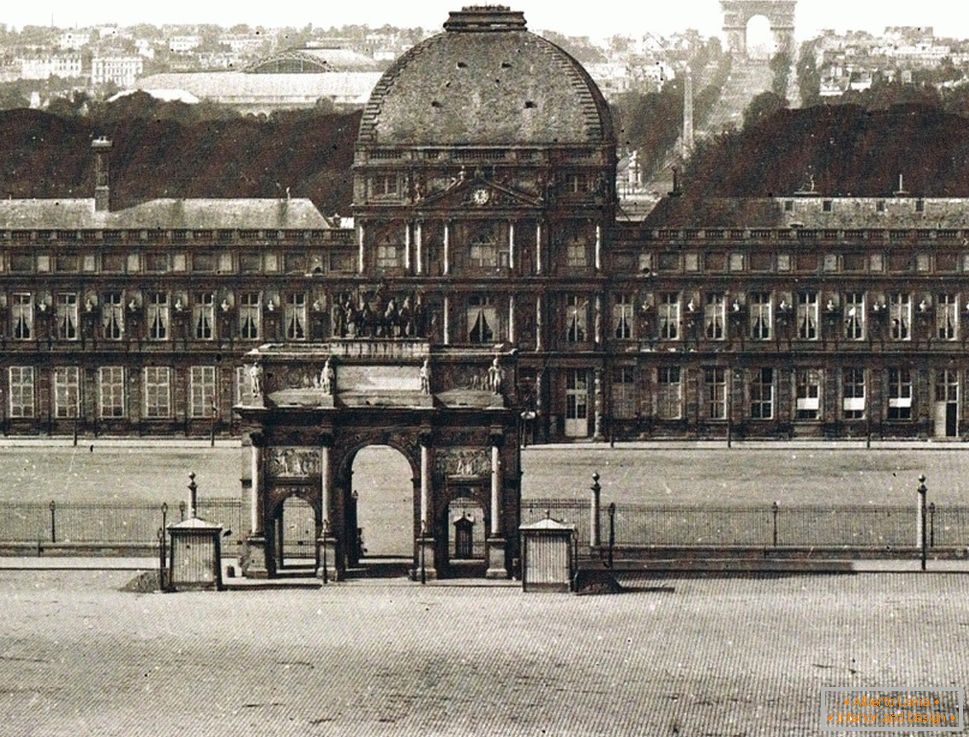
7. Fire in Crystal Pélas, London, 1936
There is no doubt that the Crystal Palace was one of the most significant buildings in the world in the last two centuries. The International Exhibition Center was built in Hyde Park for the first World Exhibition, and then rebuilt in Sydenham, where it served as a gallery and venue for events for over 80 years. But, despite its architectural significance, the restoration of the Sydenham was not entirely successful both functionally and financially, as a result of which many believe that its final destruction as a result of the fire in 1936 is probably for the better. Nevertheless, there is a debate on the issue of its reconstruction.

6. The rebellion "Nika", Constantinople (Istanbul), 532
Events during the "Nika" riot were one of the most violent unrest in the history of Constantinople (modern Istanbul), as a result, almost half of the city was completely burned, including its most important church. Despite the fact that it was the second temple destroyed in the course of the riots, and the apparently restless political situation, the Emperor Justinian, without wasting time, put all the resources on what was to create in its place the largest cathedral in the world. 1500 years later this building, fortunately, still stands - although it survived several major reconstructions and rebuilds - survived earthquakes, wars and several religious transformations. Now this museum is an indisputable masterpiece of Byzantine architecture, and is still considered one of the most impressive buildings in the world.

5. Arson of the Reichstag, Berlin, 1933
The fire started by communist Marinus van der Lubbe in the Reichstag just four weeks after Hitler came to power was perhaps more important for world history than for the history of architecture: the Nazis used fire as an excuse to reduce civil liberties and to activate their rules over Germany. Nevertheless, in the 80s, the building itself was an important element of architecture. Partly ruined, for the purpose of propaganda by the Nazis, and unrestored during the Cold War in connection with the riots in the country, the Reichstag became a symbol of a new democracy in the 1990s when it was restored and supplemented by the glass dome of Norman Foster, symbolizing a transparent (literally and figuratively) government buildings.

4. Ronan Point, London, 1968
Perhaps this is not entirely correct, since the incident at Ronan Point is more often described as an explosion, rather than as a fire. Nevertheless, there is no doubt that when the prefabricated wall panels on the 18th floor of this postwar housing block were destroyed by a gas explosion, British architecture changed dramatically. Starting from the walls on the 18th floor, along the chain all the lower floors also collapsed, destroying the entire part of the building, killing four people and injuring more than 17. This incident was just one of the factors that contributed to the widespread spread of distrust towards modern buildings.
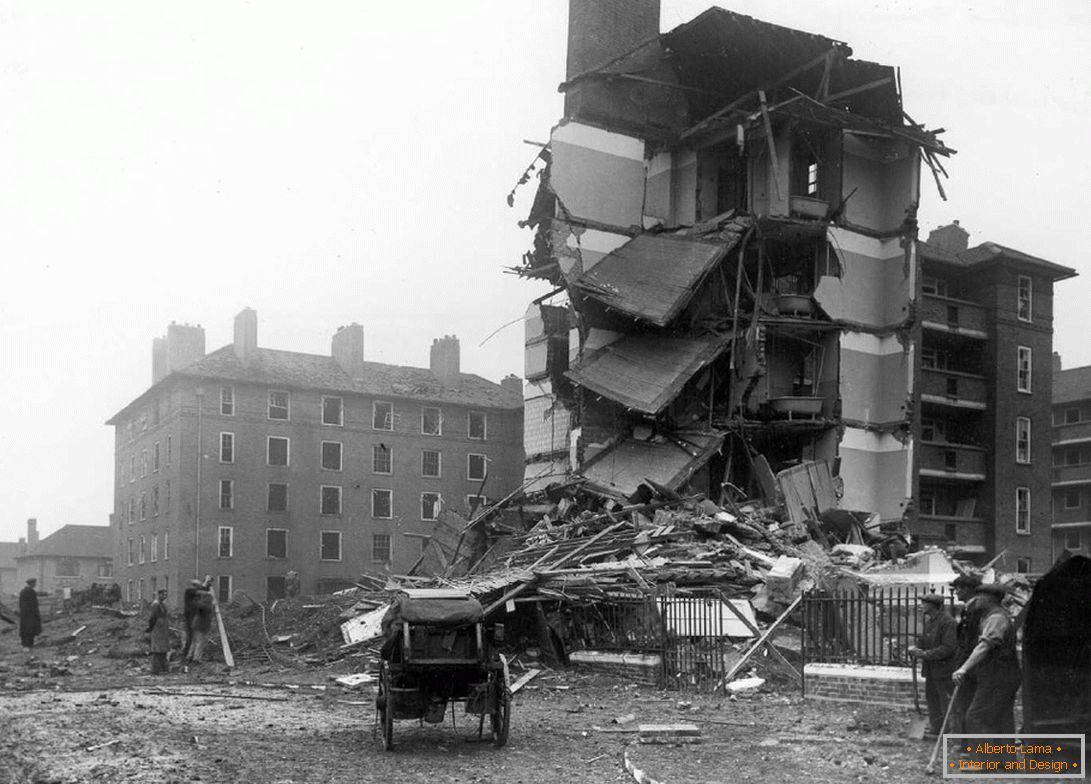
3. Fire in the Equitable Life Building, New York, 1912
This fire, perhaps, can be called the most destructive in this list, however it not only destroyed the pearl of architecture, but also contributed to the creation of another. The original building, to today's standards, was quite a modest height. But when it was built in 1870, its height was 40 m and was recognized as a world record. Some consider it the first skyscraper. After the fire, it was quickly replaced by a 38-story building, whose glass walls upset many New Yorkers, leading to the Zoning Resolution in 1916, which aimed to eliminate malfunctions in high-rise buildings, which resulted in the Empire State Building and the Chrysler building being different in form from others.
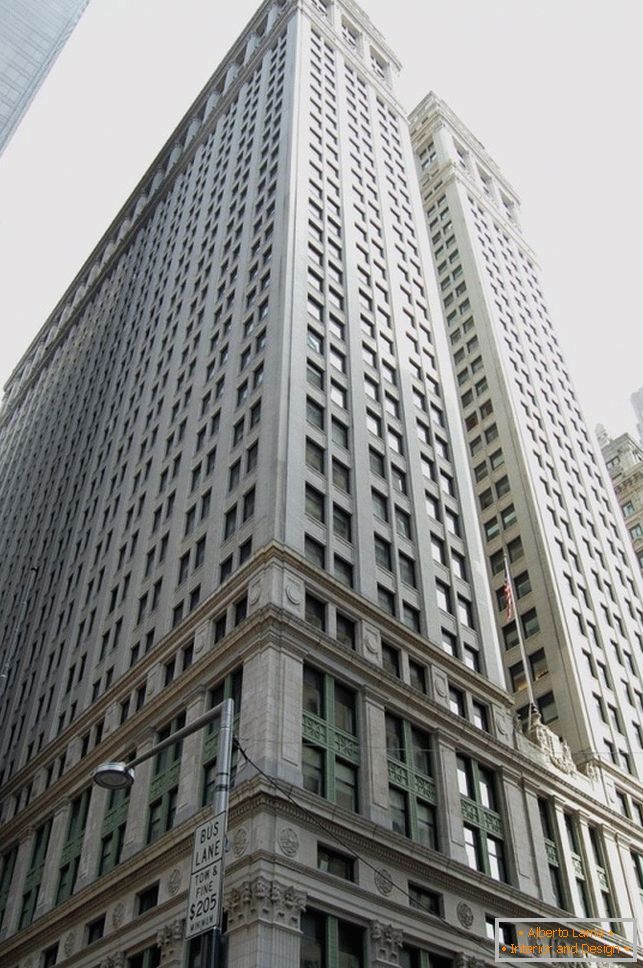
2. The Great Fire of London, 1666
The plan to restore London after the big fire was not as comprehensive as Sir Christopher Wren would have liked: along with others, he proposed a plan consisting of a network of wide boulevards, but after trying to find out who owns all the houses, it was decided that such a decision impractical. Instead, he took up the restoration of St. Paul's Cathedral, along with more than 50 other churches in London. In addition to this, the fire served as the reason for the creation of a new law that banned the construction of wooden buildings. This led to a decline in the popularity of half-timbered houses, common in the Tudor era, and served as an impetus for the development of stone Georgian architecture.

1. The Great Chicago Fire 1871
It is almost impossible to imagine modern architecture without the existence of skyscrapers. One could even say that without fire, which wiped out the huge central part of Chicago in 1871, the development of skyscrapers would take a very different path. It was here that the building was born HomeInsuranceBuilding, recognized as the first in the world high-rise structure with a metal frame.
Opportunities opened in the process of restoration of Chicago, also attracted young Louis Sullivan, who legitimized the architecture of high-rise buildings, helping the development of the Chicago School of Architecture, a style that paid great attention to the design of the verticals of the building. He also became the mentor of Frank Lloyd Wright.

The atmosphere, formed decades after the fire, also made the city an ideal home for migrant Ludwig Mies van der Rohe, who moved to Chicago in 1937 and built most of his best-known works there.
Photogallery Total | 13 pictures









